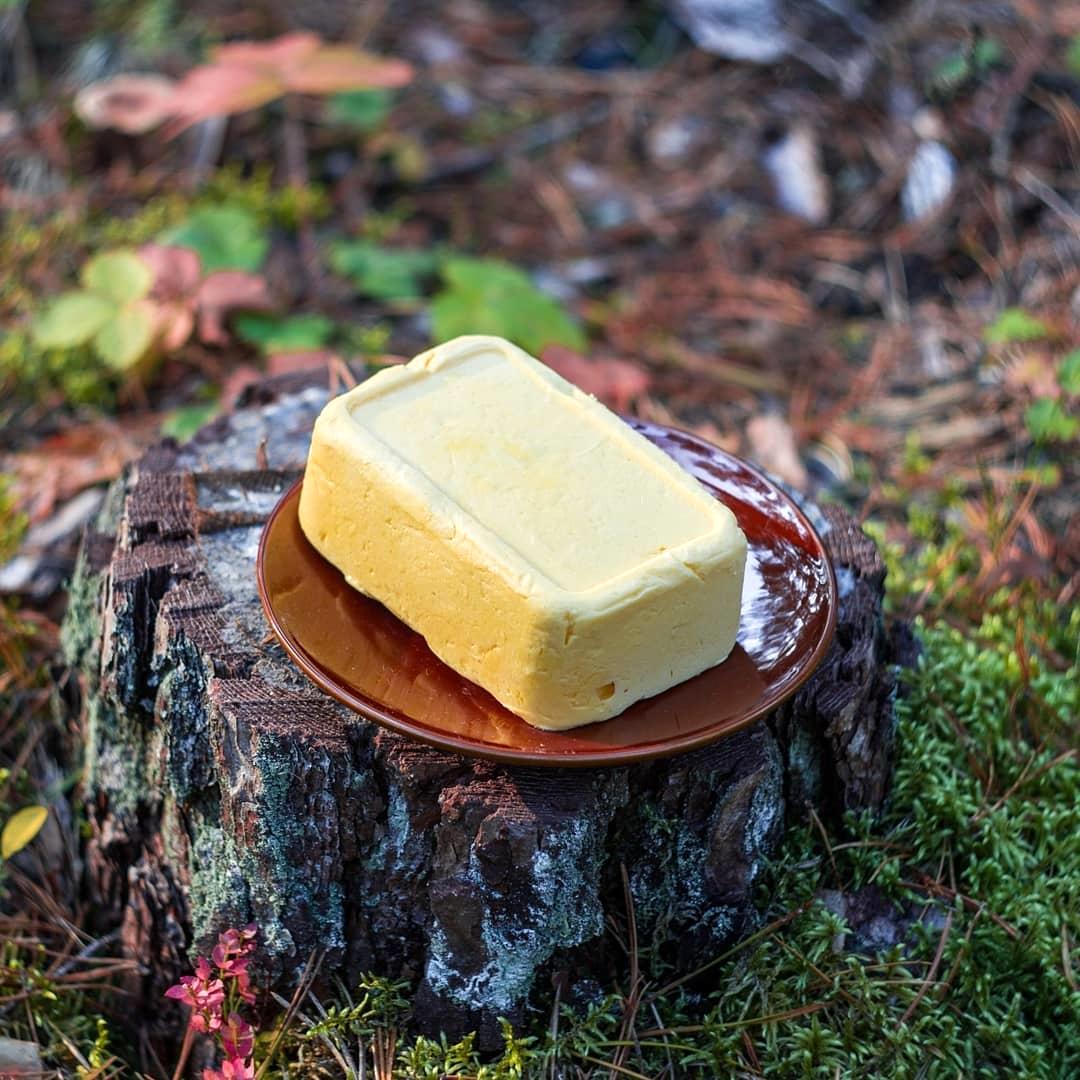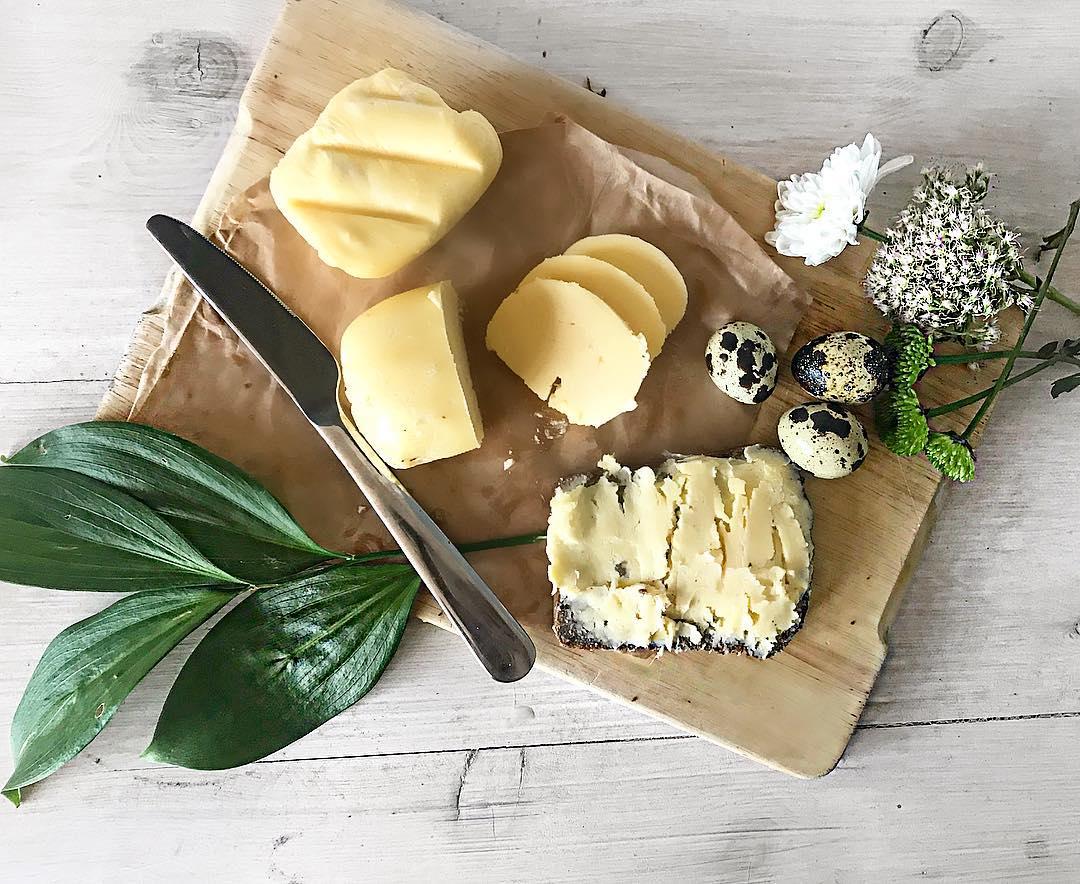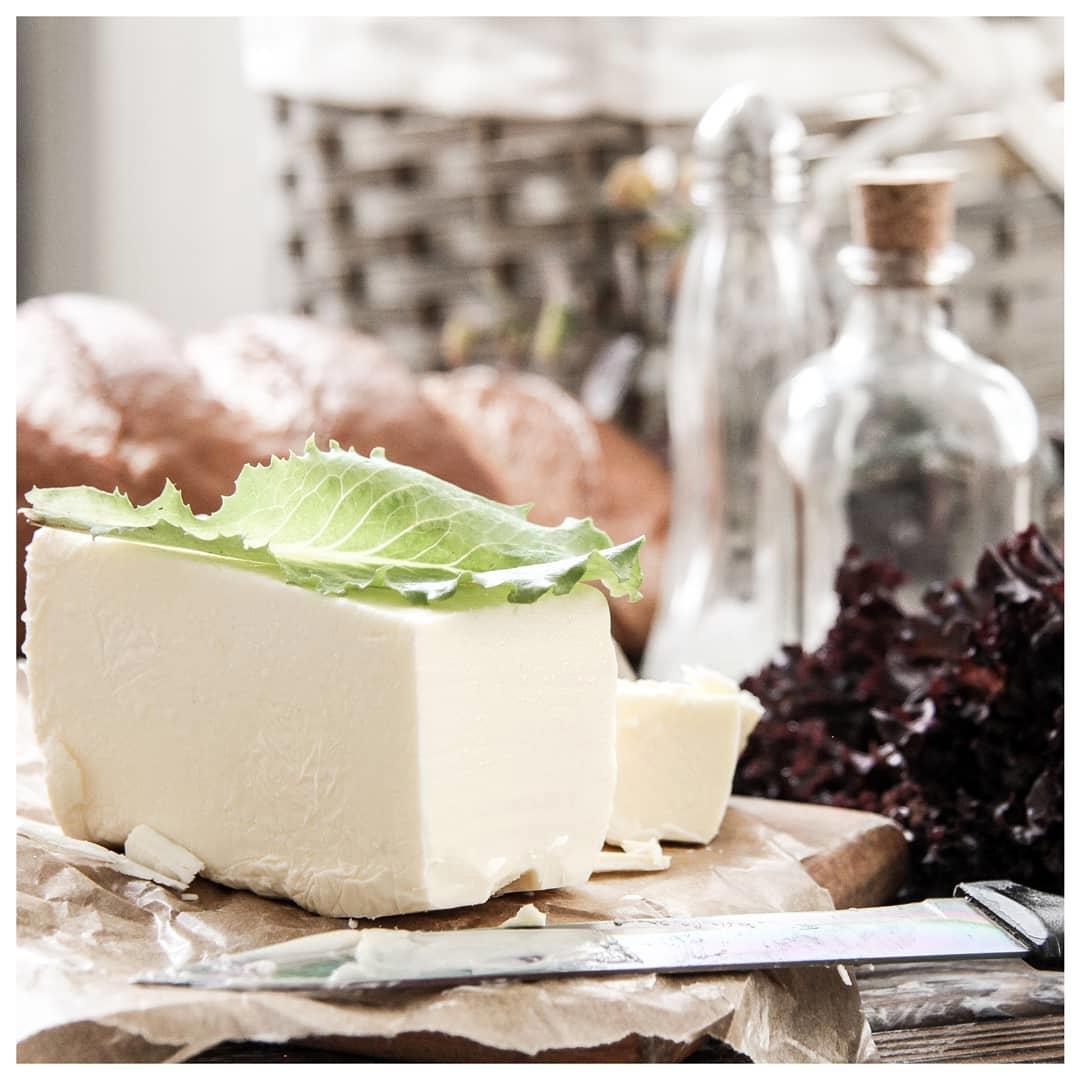How To Pick The Best Butter?
Many adherents of healthy lifestyles, butter fear as fire. But are they doing the right thing? In fact, a small amount of this product in the diet is not only permissible, but also useful.
Butter – a source of valuable fatty acids, vitamins and minerals. And to taste and aroma, it belongs to the best and most valuable edible fat.
Vitamins B, C and E improve the condition of teeth, nails, skin and hair, support the activity of the reproductive organs. Vitamin D stimulates the formation of nervous and bone tissue, vitamin A – takes care of vision, strengthens the immune system. The composition also contains: calcium, potassium, iron, phosphorus.
The calorie content of butter is large, 720 – 750 kcal per 100 grams, so you should not get carried away. The recommended portion – no more than 10 – 30 grams of product in its raw form. This amount does not damage the health and does not add extra centimeters to the waist. Heat-treating the product is not desirable (which oil is best for frying, read here).

Farm Butter
But what kind of butter to buy and eat? Let’s try to figure it out.
How to choose butter?
The average urban dweller, as a rule, the ability to carefully consider or taste the products does not have. In this case, one thing remains – carefully examine the packaging.
What can we see or not see there?
The composition should not have anything other than cream and whole milk. The presence of any other components indicates low quality.
If to read the composition of butter, you have to strain your eyesight or bend back the folds of the packaging, most likely, the manufacturer “hid” the full list of ingredients intentionally. Therefore, there is reason to doubt the quality of the product.

Butter Is The Best
How to choose high-quality butter in appearance?
A small test of butter will help to visually assess the quality (if you have already bought the product and brought it home). If you look at the products from private traders, at the fair, it will also help (except for a couple of items with a frying pan and a sandwich).

Butter On Bread

Butter
If the product with honor passed all the tests (or at least most of them), remember this brand and buy the same oil in the future.
If the experiment fails, blacklist it (and it doesn’t matter what the advertising and packaging scream about). Even if the manufacturer is very famous, you should not believe him. Eyes can not be fooled. If the melted product is covered with drops of water or has turned into a skillet in foam – you do not need to buy it next time.
So now we know which butter to choose. Now tell you how to properly store it. It’s simple:
remove from packaging and transfer to the oilcan;
store, of course, only in the refrigerator;
yellowed edges do not eaten;
It is better to keep butter in the freezer.



